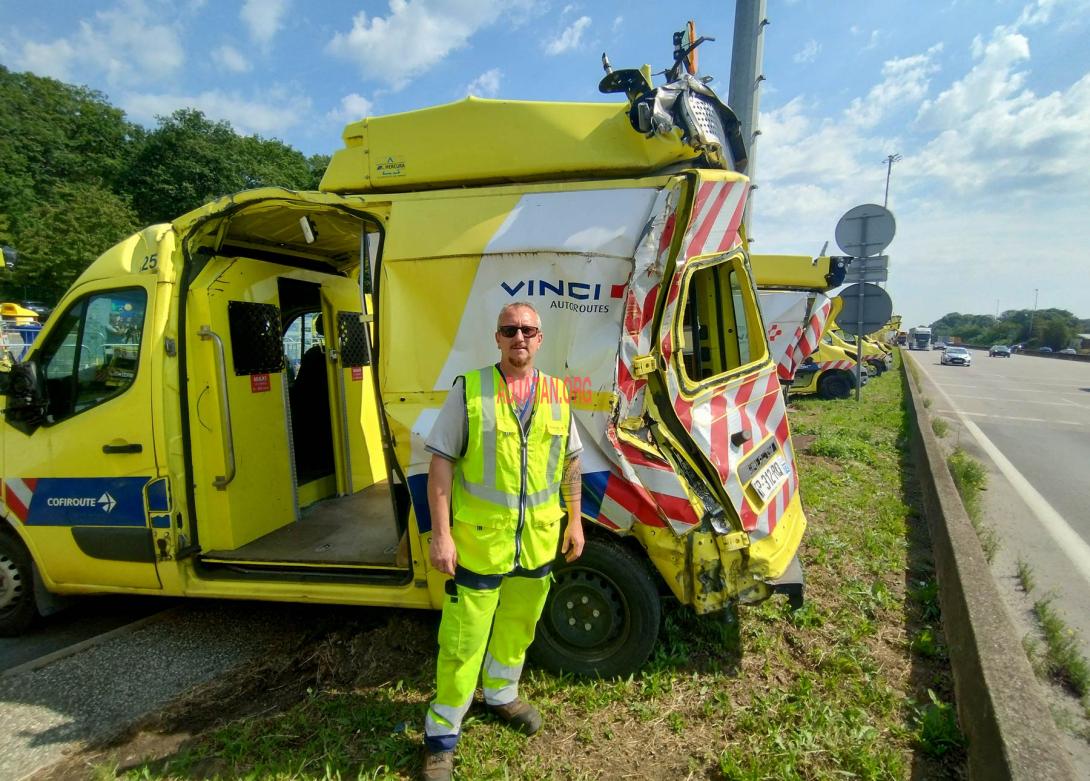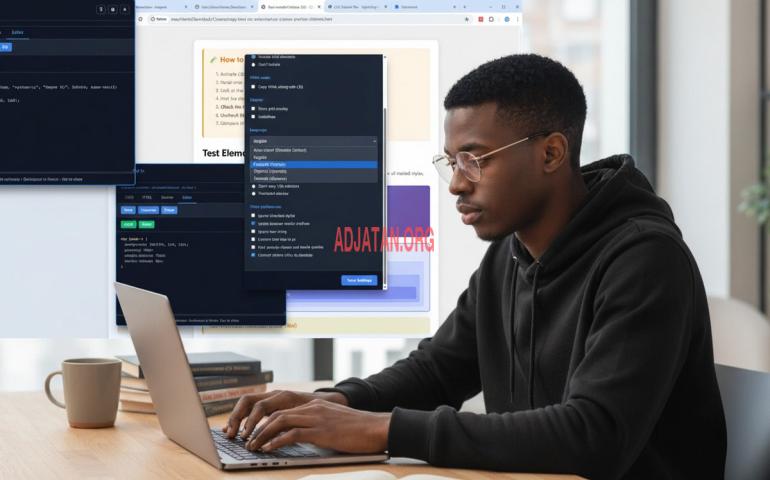Despite blue flashing lights and large illuminated arrows signaling the intervention of the vans, 27 highway patrol workers have already been struck in 2024. To counter this issue, Vinci is relying on artificial intelligence (AI) and a piercing alarm to enhance patrol worker safety.
A New Safety Device
Johan Moreau, a 39-year-old patrol worker, begins his round on the A11 connecting Paris to Brittany, driving his van equipped with a system combining AI and an audible alarm. This device, called PatrolCare, includes a red button, a small rear camera, and a red alarm. Developed by a Vinci subsidiary, PatrolCare uses AI software to analyze real-time images captured by the rear camera of the van over a distance of 200 to 250 meters. An alarm sounds as soon as a dangerous vehicle trajectory is detected.
By the end of the year, 200 vans are expected to be equipped with this system. Sanef, another operator covering Northern and Eastern France, has also shown interest in this technology. "Even with the windows closed and the radio on, you'll hear it!" assures Johan Moreau, a patrol worker for two years and a volunteer firefighter for 20 years.
Increasing Incidents
In 2023, the French Highway Companies Association (ASFA) recorded 144 incidents involving workers on duty: one worker died and 22 were injured. Last March, a patrol worker was fatally struck while securing an accident site on the French Riviera, and another was injured.
"This device alerts both patrol workers and road users," explains Sandra Lafay, district chief at Vinci, who supervises teams working on the A10 and A11 from the Ponthévrard center (Yvelines). The weekend of July 13-14, these two axes in the departure direction are expected to be "particularly congested" according to Bison Futé. Instead of the usual 25 million daily users across the entire Vinci Autoroutes network, 4 million are expected.
Road Hazards
As Johan Moreau resumes his route, he passes three patrol vehicles placed 150 meters apart, with their signaling arrows lit. "If you keep your eyes open, you see them," he notes as he drives past his colleagues.
Nearly half of the accidents occur during maintenance work, according to Sanef's July highway behavior observatory. More than a third of incidents happen during emergency interventions to assist motorists. "How is this possible? It's often due to drowsiness, low vigilance, and distractions like using phones, GPS, and other screens that divert the driver's attention," explains Johan Moreau.
The Impact of Distractions
According to Vinci, 65% of drivers use their phones while driving, even more use their smartphones or program their GPS, and two out of five drive in a state of extreme fatigue. Despite these risks, Johan Moreau, a father of four, does not consider his job dangerous. "It involves risks related to road users," he admits, but the essence of the job "is caring."
During the summer, "we see vacationers for whom it’s not easy. Unaccustomed to taking the highway, they can quickly become stressed. We're here to protect them," emphasizes the patrol worker.
The introduction of the PatrolCare device by Vinci represents a significant advancement for highway patrol worker safety. By combining artificial intelligence and an audible alarm, this system offers additional protection against road hazards. With the growing adoption of this technology, the hope is that the number of incidents will decrease, ensuring a safer environment for those who work daily to protect road users.












